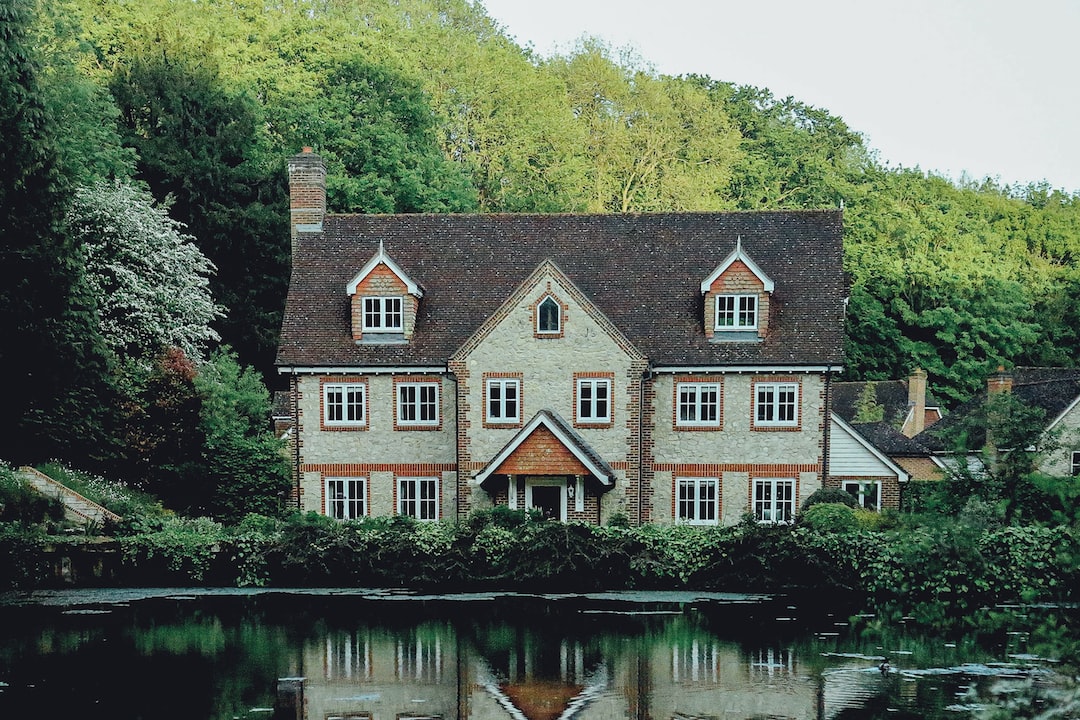In recent years, there has been a growing trend of tiny home living. As housing prices continue to rise, people are looking for alternative ways to own a home without breaking the bank. Tiny homes offer a solution to this problem. These structures are small, affordable, and can be customized to fit a variety of lifestyles.
The tiny home movement began in the United States in the 1990s, but it wasn’t until the 2008 economic recession that it gained popularity. The housing collapse left many people without a place to live or the means to purchase a new home. Tiny homes offered an affordable solution.
The appeal of tiny homes is not just about the cost, but also about the lifestyle. Many people are tired of the clutter and excess that come with larger homes. They want to simplify their lives and focus on what is important. Tiny homes, often less than 400 square feet, force people to downsize and live with only the essentials.
Another benefit of tiny homes is their impact on the environment. These homes require less energy to heat and cool, and they produce fewer emissions compared to larger homes. In addition, many tiny home builders use sustainable materials and techniques to minimize the environmental impact.
Tiny homes are also versatile in their design. Some homes are built on wheels, allowing homeowners to travel and live wherever they choose. Others are built on a foundation and offer a permanent residence. They can be designed to fit a variety of styles, from rustic cabins to modern minimalism.
One of the challenges of tiny home living is the limited space. However, the design of a tiny home is often innovative and utilizes every inch of space efficiently. For example, many tiny homes feature multi-functional furniture such as a couch that folds out into a bed, or a table that doubles as a storage unit.
Another challenge of tiny home living is zoning regulations. Many cities and towns have zoning laws that require minimum square footage for residential homes. However, the popularity of tiny homes has led to some changes in these regulations. Some cities have created zoning ordinances that allow for tiny homes as permanent residences, while others allow tiny homes as accessory dwelling units (ADUs) on existing residential properties.
In conclusion, the growing trend of tiny home living offers an affordable and sustainable solution to the housing market. While there are challenges to consider, including limited space and zoning regulations, the benefits outweigh the disadvantages. Tiny homes offer a chance to simplify your life, reduce your environmental impact, and own a home without breaking the bank.

